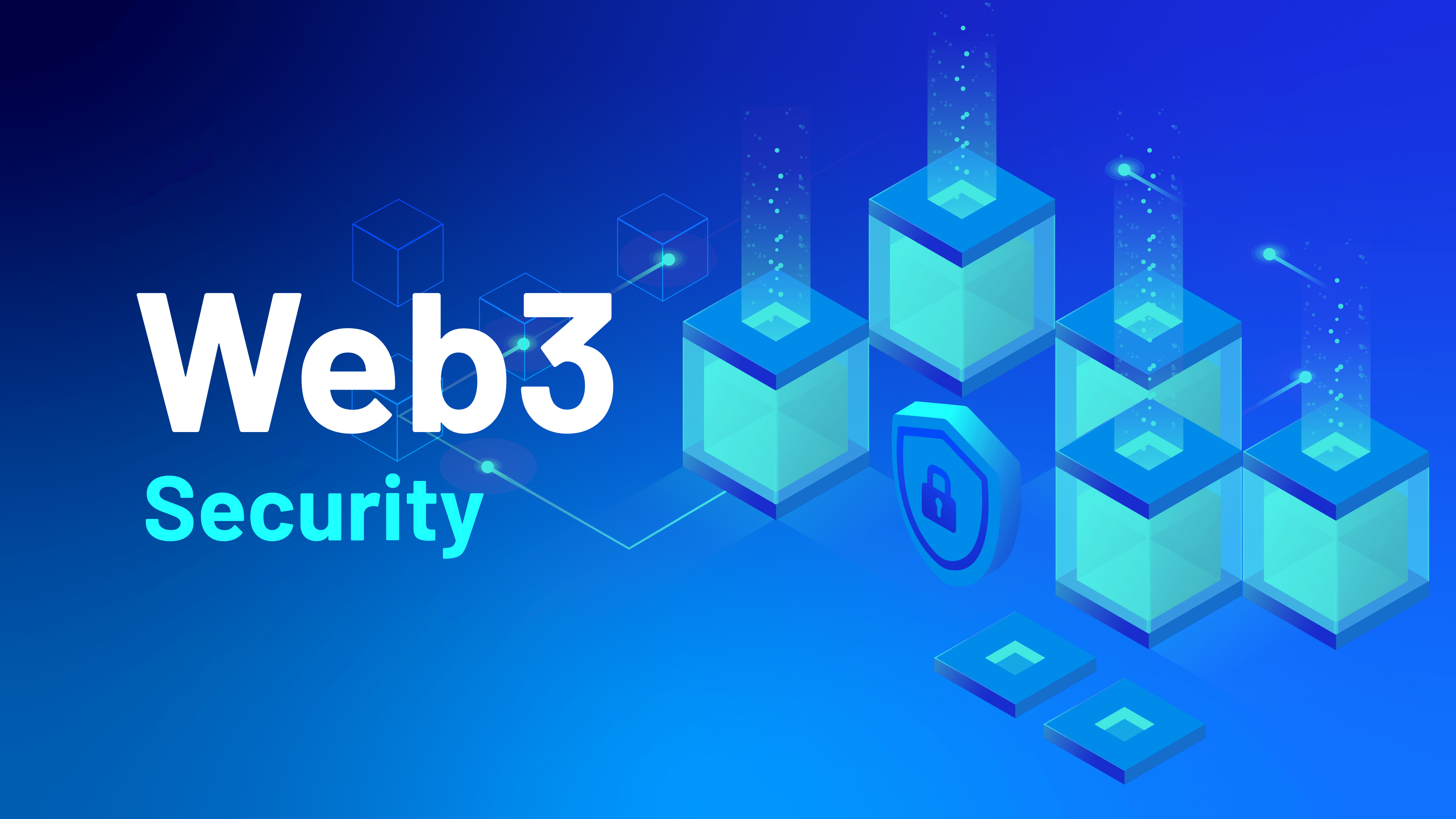
OSINT: Opportunities and Risks in Digital Defense
In cybersecurity, the ability to anticipate threats and learn about potential vulnerabilities is crucial. Open Source Intelligence (OSINT) is a strategic tool that allows companies to defend against attacks and discover valuable opportunities to improve their security posture.
OSINT provides organizations with a detailed and accurate view of their environment, allowing them to identify risks before they become problems and offering the ability to make informed and proactive decisions.
However, the same OSINT techniques and tools are also used by malicious actors to identify and exploit vulnerabilities. Therefore, understanding and using OSINT effectively is critical to staying one step ahead and strengthening defenses in an increasingly complex and challenging environment.
In this blog post, we'll explore what OSINT is, its applications in cybersecurity, and how it can benefit your organization. Plus, you'll learn how Acid Labs uses OSINT to strengthen organizations' security.
What is OSINT?
OSINT, an acronym for Open Source Intelligence, is the practice of collecting information from public sources to support intelligence activities and provide valuable information that can be used for various purposes.
Unlike traditional intelligence, which relies on classified and private sources, OSINT relies on open-access data available to anyone with an Internet connection. This information can be found in a variety of places, including:
● Websites and social networks: Public profiles, posts, and comments.
● Public records: Government databases, corporate files, and legal documents.
● Forums and blogs: Discussions and articles.
● Media: Online articles, press releases, and interviews.
How OSINT can benefit your organization
Incorporating OSINT into your organization's cybersecurity strategy can provide multiple benefits beyond simple information gathering. Here are a few ways OSINT can be a valuable tool for your organization:
1. Proactive threat identification
OSINT enables organizations to detect early signs of potential threats. By constantly monitoring open sources, suspicious patterns and activity can be identified that may indicate an imminent attack.
2. Competitive analysis
The same techniques used to identify threats can also be used to analyze competitors. OSINT can gather information on competitors' movements and strategies, which can help companies adapt their approach and remain competitive in the marketplace.
3. Brand protection
Monitoring online brand mentions helps identify and mitigate potential reputational threats. Early identification of fake news, negative comments, or fraudulent activity enables organizations to respond quickly and effectively to protect their reputation.
4. Regulatory compliance
OSINT can help organizations ensure compliance with local and international regulations. By accessing public databases and government records, organizations can verify their compliance and identify potential non-compliance before it becomes a legal issue.
5. Asset protection
OSINT can help locate organizational assets that may be exposed on the Internet, such as unprotected servers or leaked confidential information. Early detection and mitigation of these exposures significantly reduce the risk of attack and leakage of sensitive data.
OSINT for cybersecurity professionals
Cybersecurity professionals use OSINT in various ways to protect and strengthen their organization's defenses. Here are some key applications:
1. Reconnaissance phase of Penetration Testing
Before launching a simulated attack, cybersecurity professionals use OSINT to gather as much information as possible about their target. This reconnaissance phase allows them to identify potential vulnerabilities without raising alarms, ensuring that penetration tests are both effective and unobtrusive.
2. Risk assessment
Security teams analyze publicly available information to assess your organization's risk posture. This includes verifying exposed credentials, detecting leaks of sensitive information, and identifying potential threats. With a clear view of external risks, organizations can take preventative measures and strengthen their defenses.
3. Incident response
In a security breach, OSINT can provide critical information about the attacker's identity and methods by analyzing their digital footprint in public domains. This enables incident response teams to act quickly to contain the attack, mitigate damage, and prevent future intrusions.
4. Intelligence teams
Intelligence teams also use OSINT to monitor and predict emerging threats. By analyzing patterns and trends in public information, they can anticipate the movements of malicious actors and prepare proactive defenses.
How hackers use OSINT
Unfortunately, the same techniques used by cybersecurity professionals can also be used by criminals. Hackers use OSINT for a variety of malicious purposes, including:
1. Target selection
Hackers identify vulnerable individuals or organizations by searching for exposed personal information. This data can include contact details, habits, and preferences that criminals can use to conduct social engineering attacks and other personalized cyberattacks.
2. Phishing campaigns
By gathering details about their targets' interests, contacts, and behavioral patterns, hackers can create highly convincing phishing emails. These emails appear legitimate to recipients, increasing the likelihood that they will fall for the trap and reveal sensitive information or download malware.
3. Corporate espionage
Malicious actors gather competitive intelligence on rival companies by monitoring public records, employee profiles, and industry news. This information can be used to gain unfair advantage, from stealing intellectual property to manipulating business strategies.
4. Vulnerability identification
Malicious actors can discover vulnerabilities in systems and networks simply by analyzing public information. This includes finding misconfigurations, outdated software versions, and other vulnerabilities that can be exploited. By knowing these vulnerabilities, attackers can efficiently plan and execute targeted attacks.
Ethical considerations in the use of OSINT
Although OSINT is based on publicly available data, it is critical to keep certain ethical considerations in mind to ensure responsible and respectful use:
1. Privacy: Ensure that data collection does not violate the privacy rights of individuals. Respecting confidentiality and avoiding disclosure of sensitive information without proper consent is critical to maintaining integrity and trust in OSINT practices.
2. Legality: Compliance with laws and regulations governing the collection and use of data is vital. This includes complying with local and international privacy regulations and ensuring that all OSINT activities are conducted within the legal framework.
3. Purpose: Use collected information only for legitimate security purposes. Avoiding any activity that could cause harm to individuals or organizations is essential to maintaining ethics in the practice of OSINT. This includes not using data for industrial espionage, blackmail, or other malicious activities.
Trust Acid Labs to strengthen your cybersecurity
OSINT is a double-edged sword in the cybersecurity field. While it empowers professionals to protect and defend, it also provides tools to adversaries. Understanding the ethical use of OSINT and continually improving one's skills in this practice can significantly strengthen the security posture of both individuals and organizations.
At Acid Labs, we use OSINT ethically and responsibly to uncover new opportunities and create value for our clients. Through in-depth analysis of public information, we identify areas for improvement in your organization's security and provide solutions that strengthen your posture against potential threats.
Contact us today to find out how we can help you improve your cybersecurity using the latest OSINT tools and techniques - get smart and use OSINT before the criminals do!
Frequently Asked Questions (FAQs)
What is OSINT used for?
OSINT is used for various purposes, including performing risk analysis, monitoring emerging threats, supporting cybersecurity investigations, and gathering competitive intelligence.
Is the use of OSINT legal?
Yes, the collection of OSINT is legal and ethical as long as privacy and copyright laws are respected. It is important to note that some sources, such as personal data or confidential information, may have restrictions on access or use.
What are the best practices for using OSINT?
Best practices include developing a clear strategy, following legal and ethical guidelines, using a variety of sources and techniques, ensuring data quality, and protecting the confidentiality of the information collected.
Which OSINT tools are recommended?
Some popular tools include Maltego, FOCA, Shodan, TheHarvester, and Recon-ng. These tools help collect and analyze data from a variety of public sources.
Publication date: July 26, 2024.





